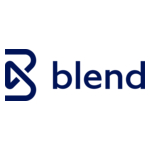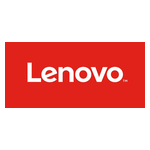Misys unveils Platform-as-a-Service strategy, opens up core platforms for third parties
Following the launch of Misys’ applications in the cloud – FinCloud – earlier this year, the banking software vendor has unveiled its new Platform-as-a-Service (PaaS) strategy, FusionFabric.cloud.
FusionFabric.cloud will be commercially available in the course of 2017.
It will enable “third parties to develop, deploy and operate financial services apps in the cloud”, Misys states. An on-premise option will also be available.
This, says the vendor, “will drive innovation and collaboration across financial services”.
Built on Misys existing FusionFabric technology, the PaaS strategy “will encourage the development of third-party apps which can also be commercialised via the Misys FusionStore portal”.
FusionFabric.cloud will be available for individual developers, including students, through the FusionCampus programme. A pilot with selected partners in the education field is already underway, Misys says.
Robin Crewe, global head of product development and CTO at Misys, describes the new offering as “the future of financial services software”.
An analytics start-up, Fractal Analytics, says it will use FusionFabric.cloud to build on top of Misys’ core solutions. The company’s co-founder and CEO, Srikanth Velamakanni, believes that that building Fractal’s Customer Genomics on the Misys PaaS platform “will be very valuable to banking clients”.
From the horse’s mouth
At a media briefing today (20 September), Crewe explained how PaaS is a significant development for the firm. “Ten years ago there were no apps, but now our app economy has delivered incredible benefits. With FusionFabric we have opened our systems to the world for third party app development for finserv innovation.”
Crewe cites Apple as an example as to what apps can achieve – and says it “borrowed concepts from Apple” for its FusionFabric.
The idea of FusionFabric appeared seven years ago, but the work started in earnest about four years ago.
Misys believes four key groups can benefit from it: consultants and system integrators; banks and FIs; fintechs – as they will be able to get to market faster; and individual developers and students. For the latter, Misys has partnered with University College London (UCL).
So what’s the rationale for doing this, Banking Technology asked. “From a technical point of view, we have a development team of about 2,000 people and we can’t do everything customers want,” Crew responded. “I can’t conceive all ideas but with FusionFabric we can use the collective power of innovation.”
The first step is to get “adoption and build a community” and then move onto monetisation, said Martin Häring, Misys CMO. Misys will make money from FusionFabric based on usage.
Apps are rated in its FusionStore. The first step Misys takes is to verify each app to ensure it works effectively, but its goal is an open community. It wants the community to give feedback.
Häring gives the Apple store as a comparison – “they make security checks but they can’t guarantee functionality – and Misys can’t be liable for functionality”.
In terms of the next step, Crewe is very clear: “Contact us as we are open for business.”











































